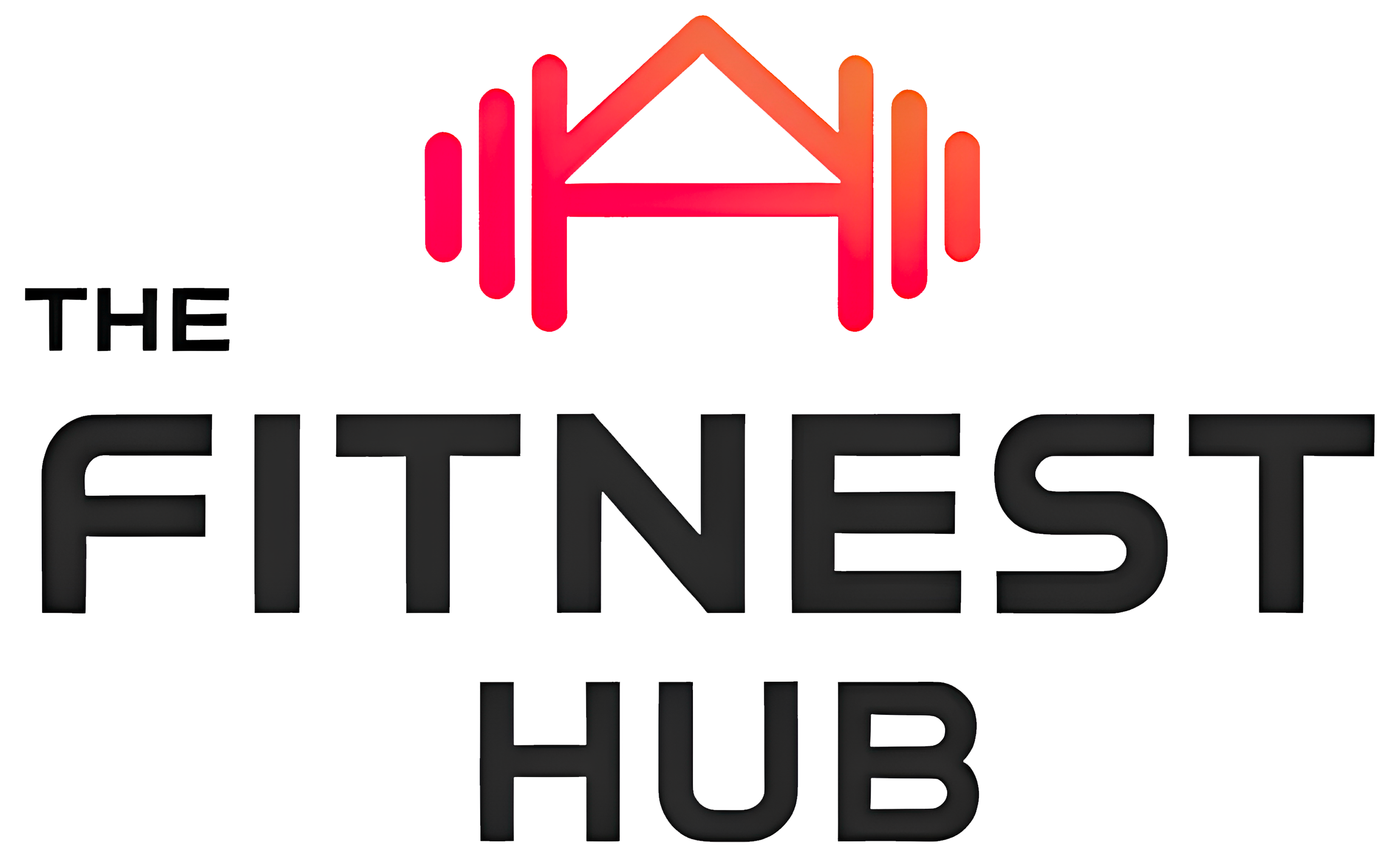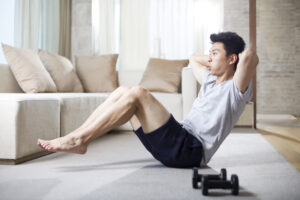This explosive movement combines the foundational squat with the power of a jump, making it perfect for improving speed, strength, and muscular endurance. It’s especially great for boosting athletic performance while firing up your metabolism.
What Is the Jump Squat?
The Jump Squat is an advanced variation of the traditional squat, where you add an explosive jump at the top of the movement. It intensely activates the quads, glutes, hamstrings, and calves, while also engaging the stabilizing muscles of the ankles and knees — essential for injury prevention and motor control.
Your core also plays a major role in maintaining posture and balance, helping you avoid excessive wobbling and ensuring a clean, efficient execution. This combination of strength and speed makes the Jump Squat particularly useful for athletes in sports like football, basketball, or volleyball, where acceleration, quick changes of direction, and explosive power are key.
The Jump Squat enhances neuromuscular reactivity and movement speed, boosting athletic performance in sports that demand sprinting and jumping.
Benefits of the Jump Squat
1. Increases Explosive Strength and Power
Jump Squats are perfect for building leg power, critical for sports like soccer, basketball, and track. The rapid muscle engagement and energy release help improve acceleration, reaction time, and force output. Ideal for athletes who need quick bursts of speed or high vertical jumps.
2. Improves Muscular and Cardiovascular Endurance
Repeating Jump Squats engages both the muscular and cardiovascular systems, boosting both aerobic and anaerobic capacity. This high-intensity move increases your heart and lung efficiency, improves muscle recovery, and trains your body to sustain intense efforts — making it great for interval-based sports.
3. Burns Calories and Boosts Metabolism
As a high-intensity exercise, Jump Squats significantly increase calorie burn and activate the EPOC effect (Excess Post-exercise Oxygen Consumption). This means your body continues to burn calories even after your workout. The hormonal response also supports muscle growth and a leaner physique.
4. Tones and Sculpts Legs and Glutes
With deep muscular engagement, Jump Squats help tone the quads, glutes, and calves, promoting a more defined and athletic look. The explosive movement also boosts lower-body endurance and improves muscle density, leading to stronger, more responsive legs in daily and athletic movements.
5. Enhances Coordination and Agility
Explosive jumping and controlled landing improve motor control, balance, and body awareness. You also sharpen muscle reactivity, making this move especially effective for sports that require quick footwork and rapid directional changes.
How to Perform the Jump Squat Correctly
Starting position: Stand tall with feet shoulder-width apart, core engaged.
Squat down: Lower your body until your thighs are parallel to the ground, keeping your chest up and weight in your heels.
Explosive jump: Push forcefully through your heels and jump as high as possible.
Controlled landing: Land softly with knees slightly bent to absorb impact and repeat.
Common Mistakes to Avoid
- Landing with straight knees: This can strain your joints and increase injury risk.
- Losing core engagement: Keep your abs tight to stay balanced.
- Pushing off from your toes: Drive through your heels to properly engage your legs and glutes.
Jump Squat Variations
To keep things interesting and progressive, try these variations:
- Weighted Jump Squat: Hold a kettlebell or dumbbell for added resistance.
- Jump Squat to Box/Step: Jump onto a low platform to challenge coordination and power.
- Pause Jump Squat: Hold the bottom squat position for 2–3 seconds before jumping.
- Lateral Jump Squat: Jump side-to-side to target inner thighs and agility.
How to Include Jump Squats in Your Training
- As a warm-up: Perform 2–3 light sets to activate legs and glutes.
- In your main workout: Pair with strength exercises like lunges or squats for a full leg circuit.
- As a finisher: Go for high-rep sets or timed intervals to elevate your heart rate and max out your lower-body muscles.




